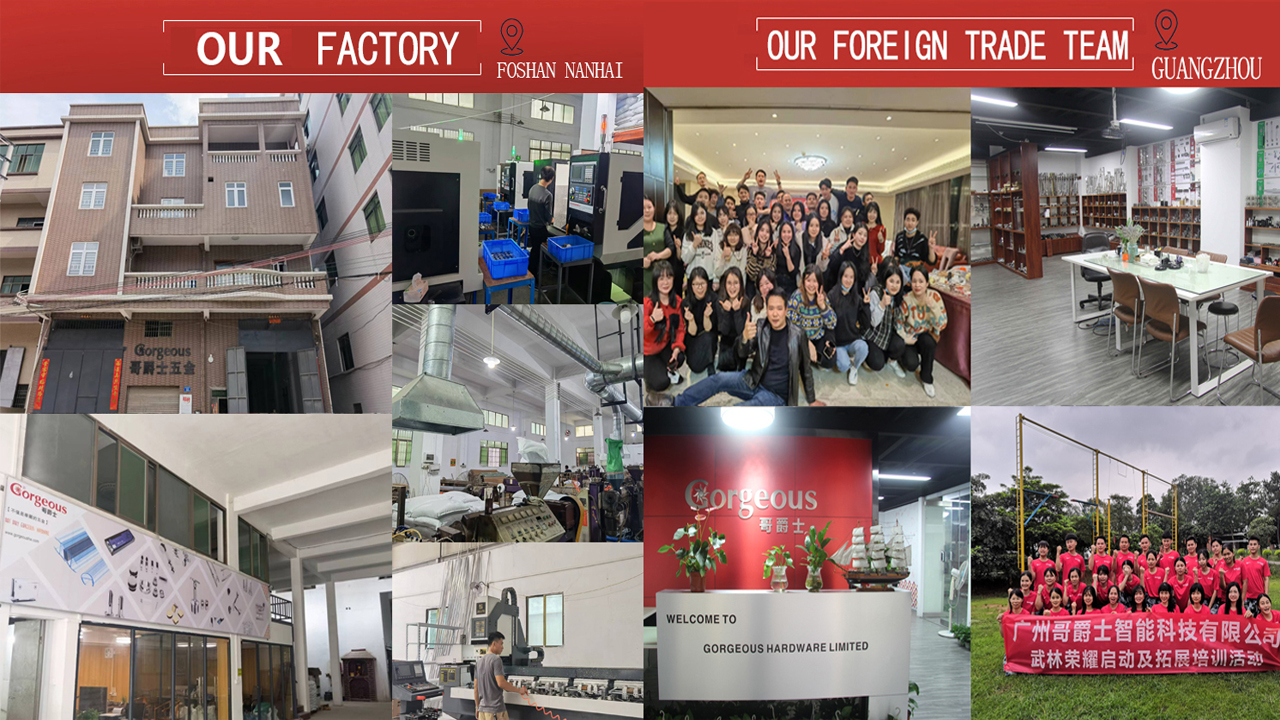
ABOUT
PRODUCTS
Advanced Adjustable Roller Sliding System Buffer Damper Technology
Understanding the Core Principles
At its heart, the Advanced Adjustable Roller Sliding System Buffer Damper employs a sophisticated arrangement of rollers that slide along precisely engineered tracks. These rollers, often made from high-strength, wear-resistant materials, are strategically positioned to engage with the moving system upon impact. The sliding motion between the rollers and tracks generates friction, effectively converting kinetic energy into heat, thereby absorbing the impact force. This process is fundamentally different from traditional hydraulic or pneumatic dampers which rely on fluid compression or gas expansion. The inherent advantages of the roller-sliding mechanism include its high energy absorption capacity, relative simplicity of design, and reduced maintenance requirements compared to some alternative damping systems.
Furthermore, the "adjustable" aspect of the technology is paramount. This adjustability stems from the ability to manipulate several key parameters. The number and arrangement of rollers, the surface properties of the rollers and tracks (e.g., coefficient of friction), and even the geometry of the tracks themselves can all be modified to fine-tune the damping characteristics. This allows for precise control over the damping force profile, tailoring the system to match the specific energy absorption needs of any given application.
Advantages over Traditional Damping Systems
Compared to traditional hydraulic and pneumatic dampers, the Advanced Adjustable Roller Sliding System offers several compelling advantages. Hydraulic dampers, while effective, can be prone to leaks, require regular maintenance, and are sensitive to temperature fluctuations. Their performance can degrade over time, necessitating frequent inspections and replacements. Pneumatic dampers, while offering a relatively low maintenance approach, often suffer from inconsistencies in damping force due to variations in air pressure and temperature. They might also require complex pressure regulation systems.
In contrast, the roller-sliding system exhibits superior robustness and reliability. The absence of fluids eliminates the risk of leaks and the associated maintenance complexities. The system's mechanical simplicity translates to lower maintenance costs and enhanced longevity. Its performance remains consistent across a broader range of operating temperatures, making it ideal for challenging environments.
Applications and Industries
The versatility of the Advanced Adjustable Roller Sliding System Buffer Damper Technology opens up a wide array of applications across various industries. In high-speed rail transportation, it can enhance passenger safety by mitigating the impact forces during emergency braking or collisions. The ability to precisely adjust the damping characteristics ensures optimal protection for passengers and the train itself. Similarly, in industrial settings, the technology can improve the safety of machinery and equipment by reducing the impact of accidental collisions or uncontrolled movements.
Beyond transportation and industrial applications, this technology holds promise for other sectors. It could be incorporated into building structures to mitigate seismic forces during earthquakes, enhancing the structural integrity and protecting occupants. It could also find applications in automotive safety systems, improving the effectiveness of crash protection mechanisms. Its potential extends to robotics, where it can provide more precise and controlled movements, especially for applications involving heavy payloads or high-impact maneuvers.
Advanced Design Features and Material Selection
The advanced nature of this technology extends beyond its fundamental principles to encompass innovative design features and material selection. Sophisticated computer modeling and simulation techniques are employed during the design phase to optimize the roller and track geometries, ensuring optimal energy absorption and minimizing wear. The selection of materials is crucial, with high-strength, low-friction materials preferred for the rollers and tracks to maximize efficiency and longevity.
Furthermore, advanced manufacturing techniques are used to ensure precise tolerances and surface finishes. This level of precision is essential for achieving the consistent and reliable performance that is a hallmark of this technology. The incorporation of sensors and monitoring systems allows for real-time assessment of the system's performance, enabling predictive maintenance and further optimization.
Future Developments and Research
Ongoing research focuses on further enhancing the performance and capabilities of the Advanced Adjustable Roller Sliding System Buffer Damper. This includes exploring new materials with even higher strength-to-weight ratios and lower friction coefficients. Research is also underway to develop more sophisticated control systems capable of adapting to dynamic impact scenarios in real-time, providing even more effective protection. The integration of smart sensors and advanced control algorithms will enable the system to learn and adapt, optimizing its performance based on past experiences and environmental conditions.
The future of this technology is promising, with ongoing developments expected to lead to even greater efficiency, reliability, and adaptability. The continuous refinement of design and material science will expand its applications into even more demanding environments and further solidify its position as a leading-edge damping technology.
SUBSCRIBE
INQUIRY
